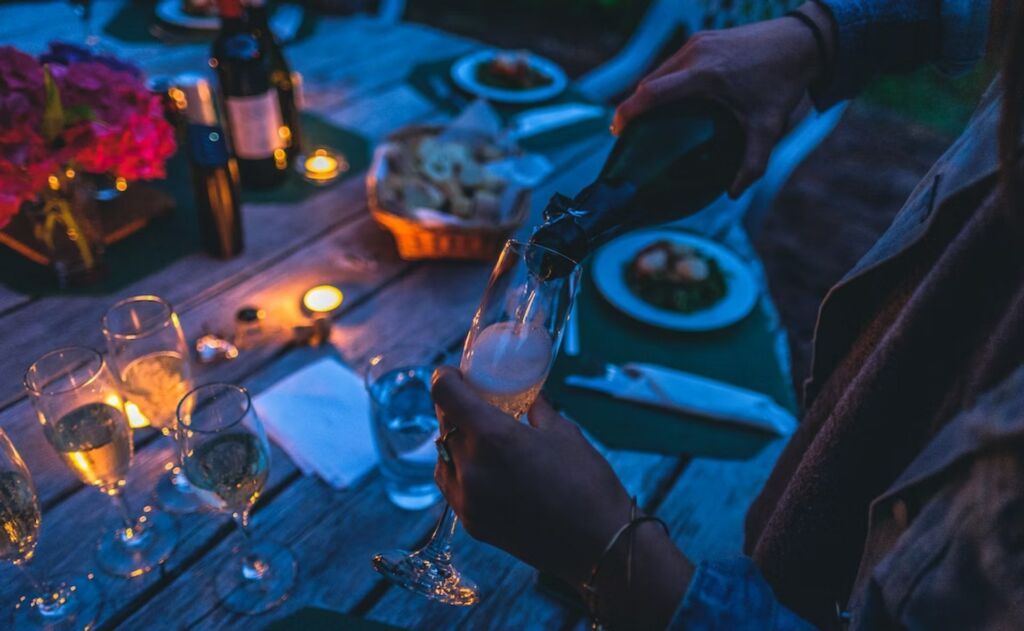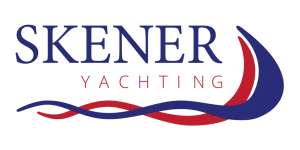Cooking on board is easy! Be ready for all challenges!
One of the most common questions we encounter is food on board. 🍔🍗🍓🍏
Is there a kitchen? What does it look like and what equipment does it come with? What is the consumption of food and water for a week on a sailboat or a catamaran?
You will find out the answers to these and similar questions through this short blog.
Let’s start with the appearance and equipment of the kitchen:
The vast majority of boats that you will meet on your sailing trip have a kitchen like a kitchen in an apartment.
In addition to gas stoves with 2 or 3 burners, the kitchens are equipped with an oven, freezer and refrigerator.
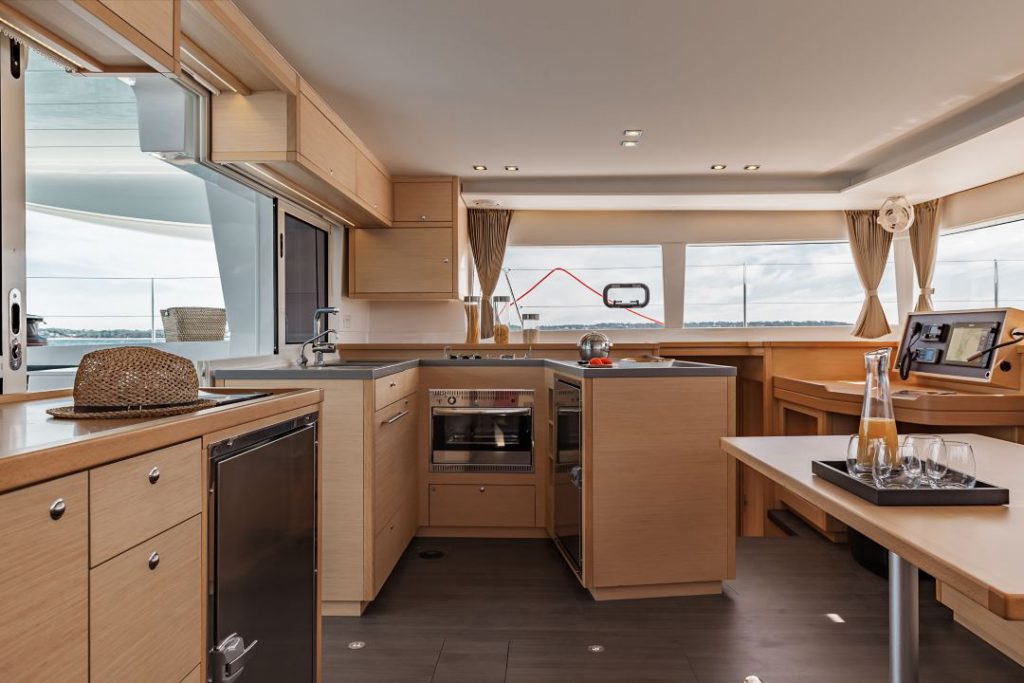
Gas burners have remained on boats primarily due to their practicality and energy efficiency (they do not consume electricity on board, for which it is usually necessary to be tied up on shore). The oven is also gas, so you shouldn’t expect too much from it.
Refrigerators and freezers, depending on the individual vessel, are of different sizes, but they are designed and certainly sufficient for a large amount of food that needs cooling.
In addition to the gas stove in the salon, some, often more expensive, models of sailboats and catamarans also have a grill in the cockpit or on the stern of the boat. This further expands the charter offer and certainly evokes the feeling of an annual vacation.
In some charters, we can also find a microwave oven, ice maker and coffee machine as additional equipment, which for some guests is an indispensable part of every trip.
In the kitchen you can also find dishes, cooking pots, cutlery, plates, glasses and all other necessities (wine/beer opener..).🍻🍷
You can bring a better, sharper knife with you to make sure you are fully equipped, as well as a pancake pan that is often missing and can make the trip better.
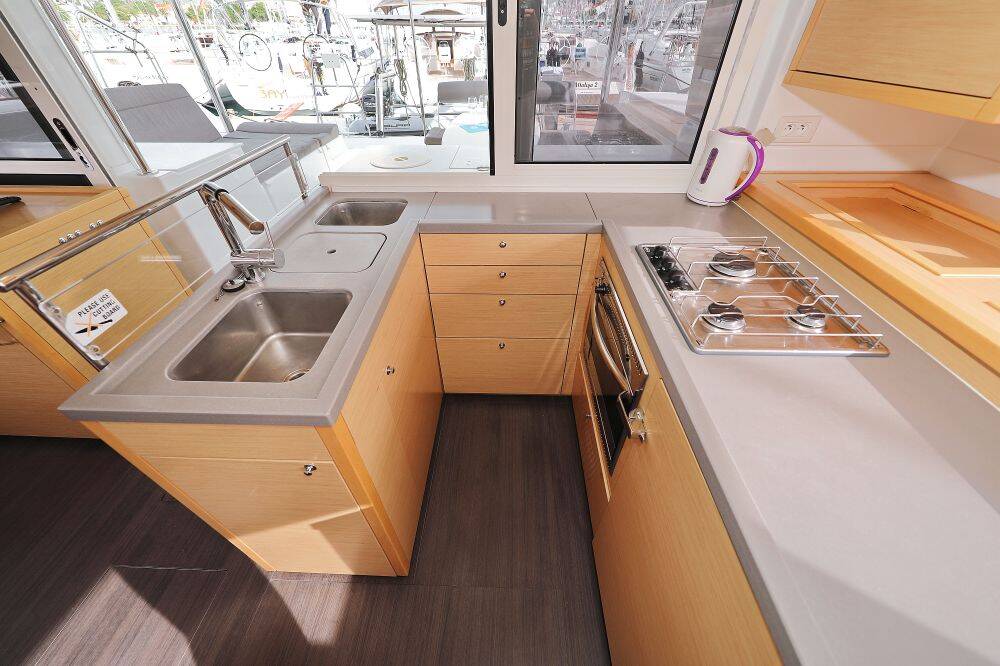
In addition to the space for food and dishes, the ship’s salon, where the kitchen is located, has more storage in the walls, seats and floors, so that they can store a larger amount of food/drinks that can stand for a while at higher temperatures.
Before sailing, we recommend:
• Determine a rough menu/meal plan for the week.
• Do a larger joint grocery shopping on land and fill the boat for the trip itself.
Prices in smaller shops on the islands are a certain percentage higher, but they are still acceptable for fresh bread and similar foods.
• Take small packages of food with you on board.
A liter of sunflower oil, olive oil, pumpkin oil, a kilo of sugar and other large packages of food that are not necessary for these quantities certainly make the journey difficult and take up crucial space on the vessel.
You can pour the listed and similar foods that are sufficient in smaller quantities into smaller bottles/containers to make your luggage easier and save some space in the kitchen!
Drinks on board?
Drinks on board during the summer heat are a crucial factor in any sailing!
Both during the day and through the night, we have to admit that cocktails, radlers, beers and various alcoholic beverages are the inevitable choice of guests.
The same rules and limits apply to people driving a boat as to driving a car – up to 0.5 g/kg by measuring alcohol in a liter of exhaled air.
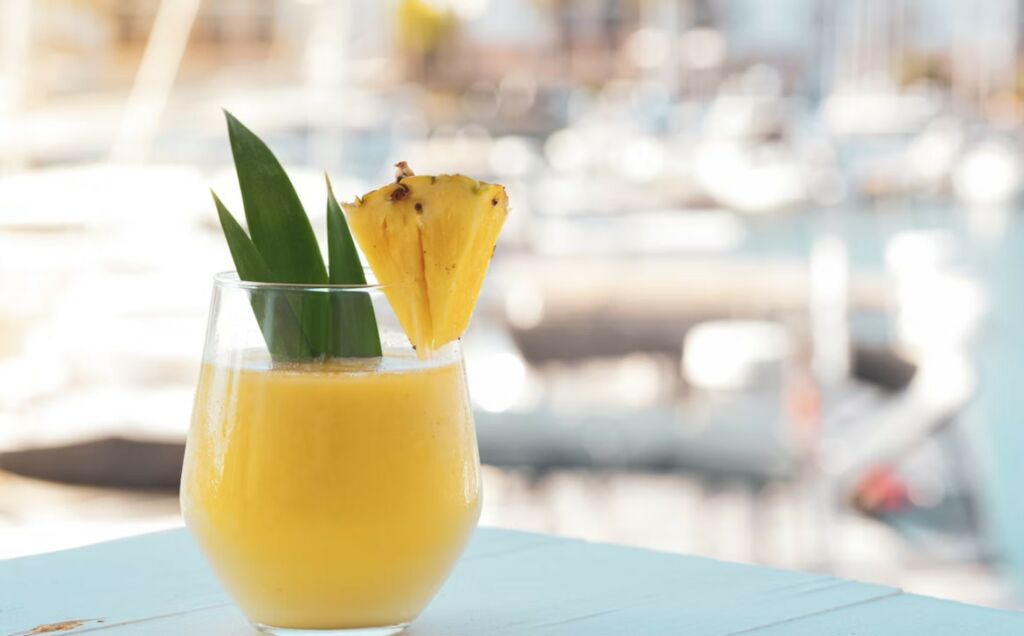
Water, as the main drink on board, is kept in the tanks of all vessels (depending on the size of the vessel from 180L to 1500L).
Drinking water is placed in tanks, but it is not recommended to consume this water for drinking, since the tanks themselves are more difficult to access and often less frequently maintained.
As a precaution, use the water from the tanks for cooking and washing!
It is necessary to bring drinking water separately in bottles and canisters that can be refilled later in the marinas, restaurants and cafes you will visit along the way. You can count on around 2L of water per person per day and stock up on enough liquid for at least 3 days of travel.
It is necessary to adjust the amount of water to the travel route because some islands do not have access to running water, only rainwater.
Be sure your SKENER will help you plan the route and have enough water on board during the trip.
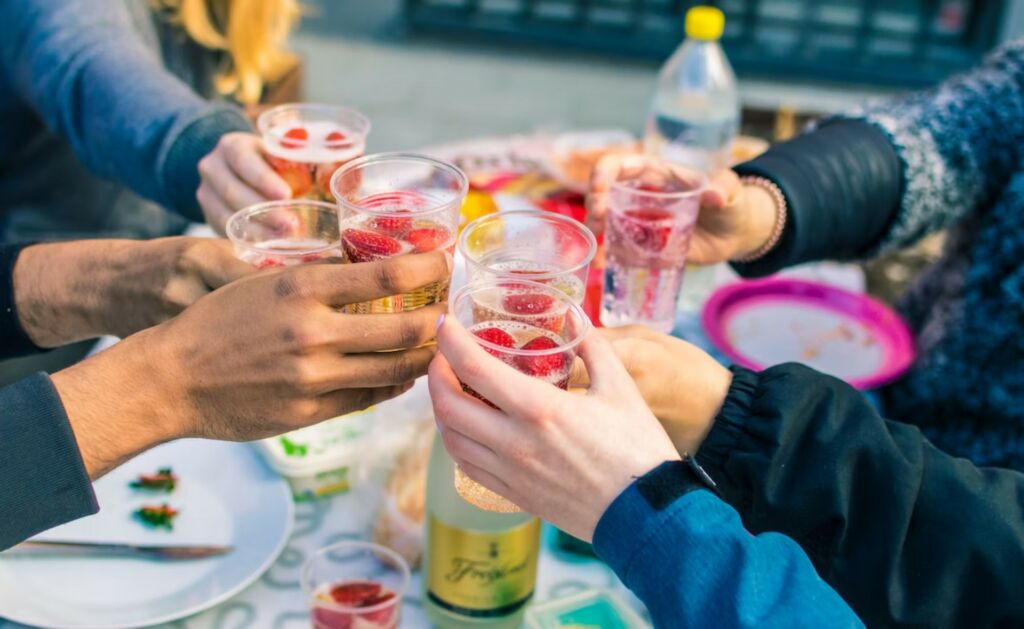
An ideal menu for sailing?
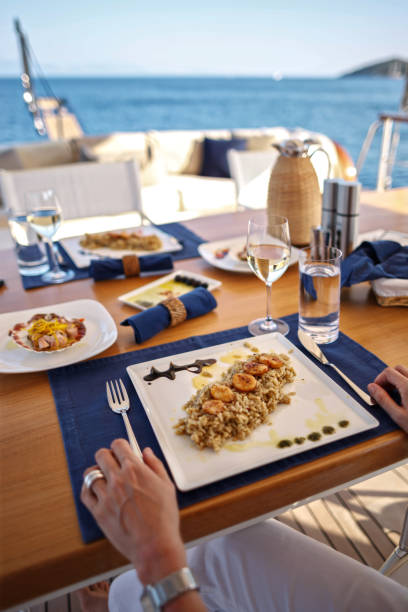
Of course, this item is very individual, but there is food that most guests choose.
Light Mediterranean meals are certainly a good and most frequent choice for guests.
In addition to the wide availability of food and spices in the locations you visit (lavender, rosemary, thyme, etc.), Mediterranean cuisine adds to and enriches the experience of sailing and connection with nature.
If you are skilled at fishing, you can catch/fish a few meals yourself. And if you decide to go fishing on a sailing boat, you should keep in mind that fishing is prohibited in nature parks and national parks, as well as the fact that the fish may not “bite” that day.
About 10 cans of canned tuna, pickles cut into pieces, corn from a can, tomatoes and pasta with cream and mayonnaise is a good and quick supplement to a bad day of fishing.
Quality and quickly prepared food is the goal of every sailor.
Few people choose the salon and the warmth of the kitchen over swimming in the rough sea, sunbathing and drinking cocktails on the bow of the ship.
A freezer, which is an integral part of every vessel, can certainly come to the rescue with this problem, in which you can store meals that you have prepared at home before the trip.
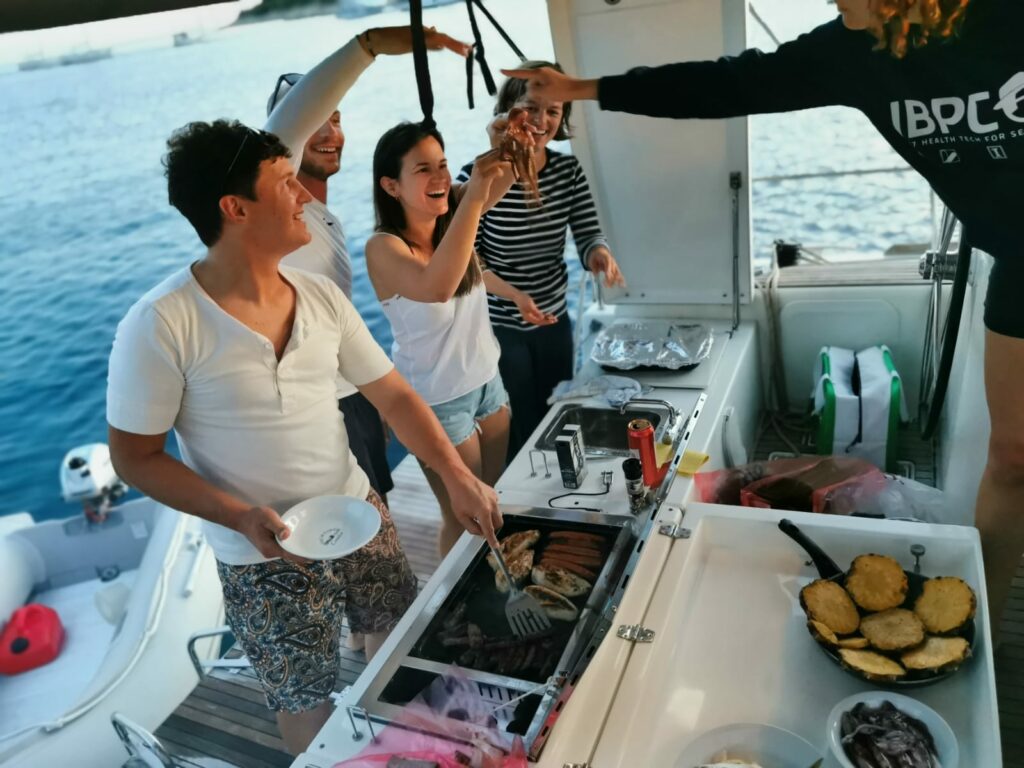
How much does cooking on board cost?
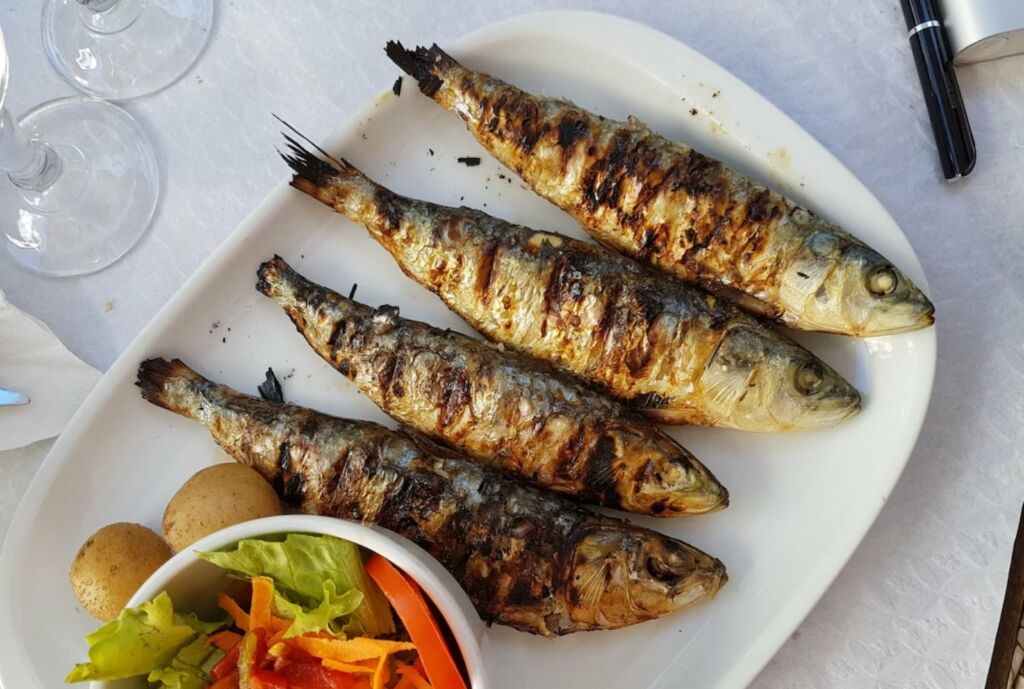
Estimated consumption for food on board is individual and equal to consumption at home. We doubt that anyone will eat twice as much that week as usual.
However, the price of food for a week increases if you decide to eat lunches/dinners in the restaurants of the towns and bays you will visit.
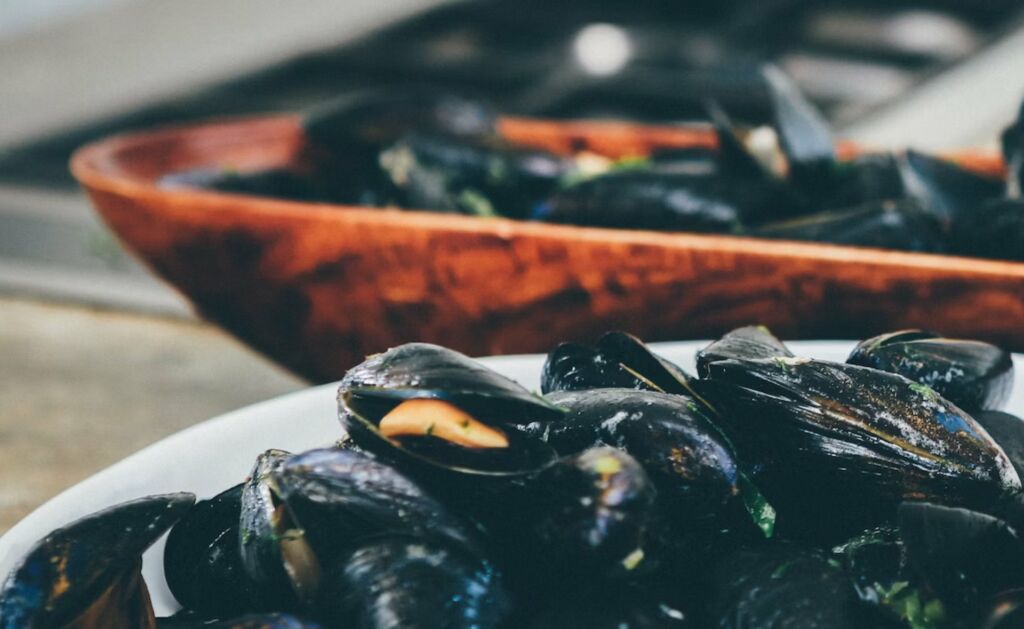
Often, restaurants on the coast offer free mooring of the boat and filling of water tanks if you stop by them, so you can use the opportunity for a festive dinner.
You can certainly ask your SKENER for restaurant recommendations upon arrival at the locations!
Feel free to ask any additional questions via email and we will be happy to answer them!
